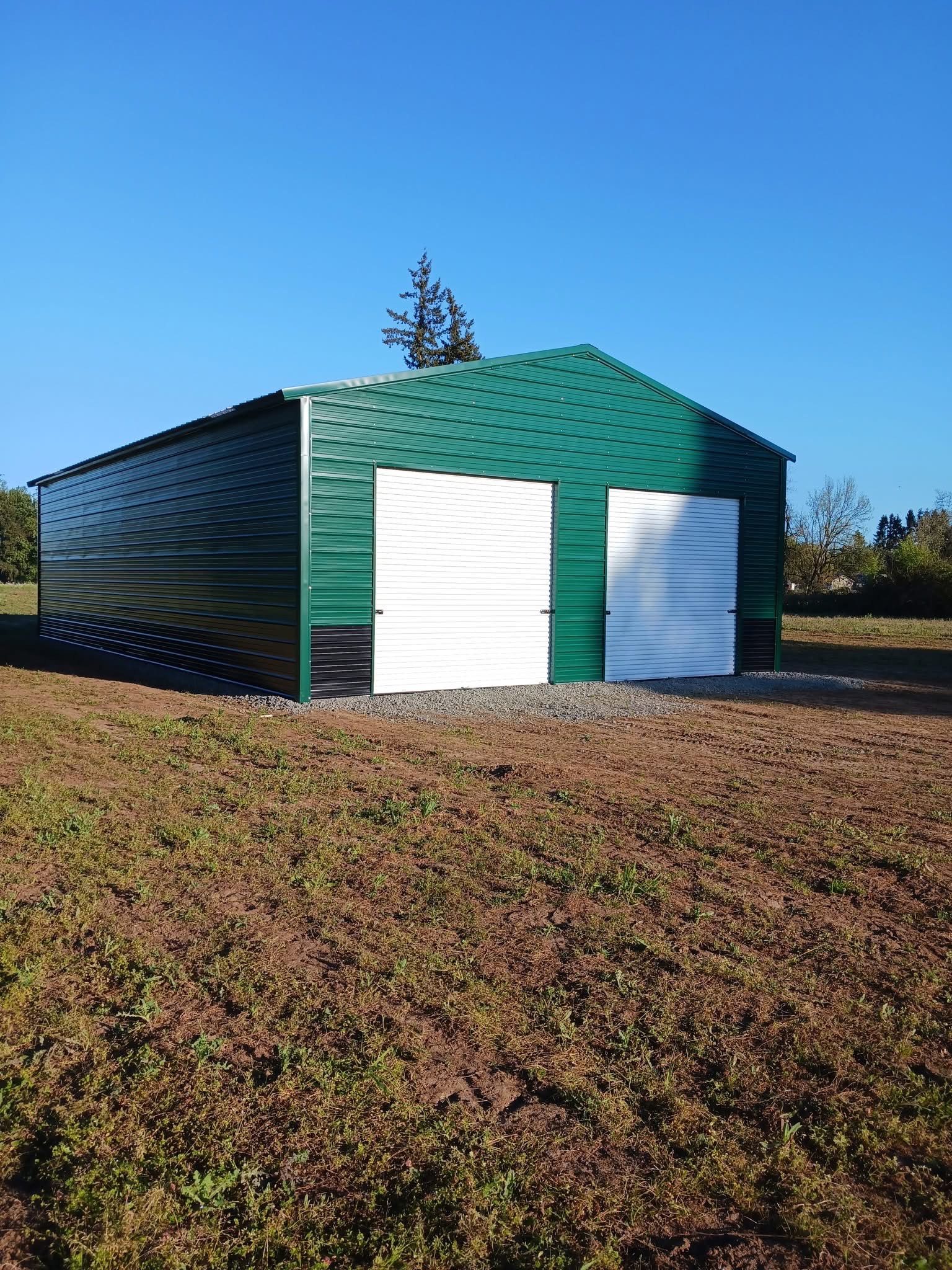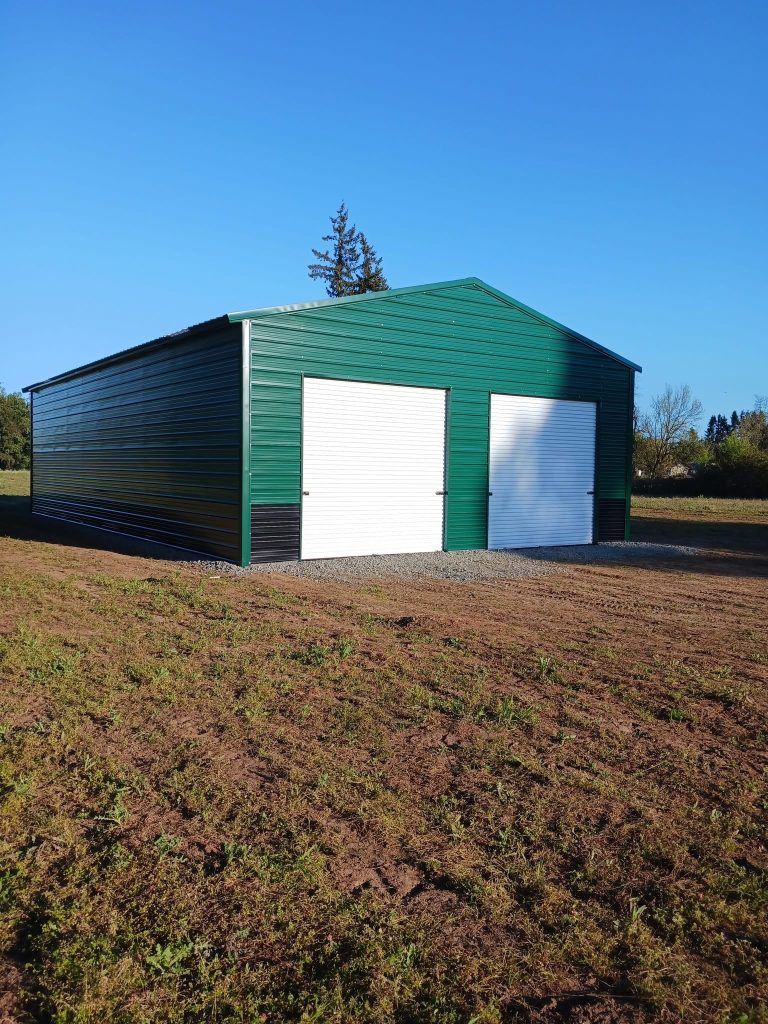
Introduction: Building with Confidence in Texas
Are you planning to add a metal structure to your property in Texas? Whether it’s a backyard garage, farm equipment shed, barndominium, or commercial warehouse, there’s a lot to look forward to. With wide-open land, flexible building options, and fewer zoning headaches than other states, Texas makes it easy to dream big.
One key to turning that dream into a smooth, successful build? Knowing when you need a permit—and how to get it quickly and easily. In this guide, we’ll walk you through the essentials of metal building permits in Texas, helping you stay on track and avoid surprises.
Do You Need a Permit for a Metal Building in Texas?
In most cases, yes, especially within city or county limits. Permits are generally required for buildings with foundations, electrical or plumbing systems, or that exceed a certain square footage (typically over 120 sq. ft.).
The good news is that the process is usually straightforward, especially when you work with experienced professionals. Cities like Dallas, Austin, and San Antonio have well-defined procedures, and even rural counties are often helpful and responsive when approached early.
We recently helped a customer in Hays County who needed a hay barn. With a quick consultation and a few minor design tweaks to accommodate local guidelines, they were fully permitted and built within two weeks, with no headaches and no red tape.
Permits don’t just satisfy local rules—they give you peace of mind. Your structure will be up to code, easier to insure, and ready for resale down the road.
What Affects Texas Permit Requirements for Metal Buildings?
Your Location Within Texas
Texas has a diverse regulatory landscape. Cities and counties often manage their own building codes, which means some areas may have more formal processes than others. This variety works in your favor, allowing flexibility while still protecting your investment.
In urban areas like Austin, for instance, barndominiums and workshops must meet specific wind load and energy efficiency requirements. Meanwhile, in parts of Llano County, you may only need to submit a septic plan and utility access form. Knowing your area is key, and we’re here to help you navigate it.
Intended Use and Size
Whether it’s a small garage or a multi-unit commercial structure, how you intend to use your building matters. Residential accessory buildings may have simpler permit paths, while commercial projects typically go through additional checks.
As a general rule, buildings that include utilities, exceed 120–200 square feet, or are on permanent foundations will require permitting. But the process doesn’t have to be complicated; with the proper documents and team, it’s just another step toward making your project real.
Foundation Type
Permanent foundations, such as slabs or piers, nearly always trigger permit requirements. But even if your structure is set on skids or blocks, we recommend checking with your local planning office to ensure full compliance.
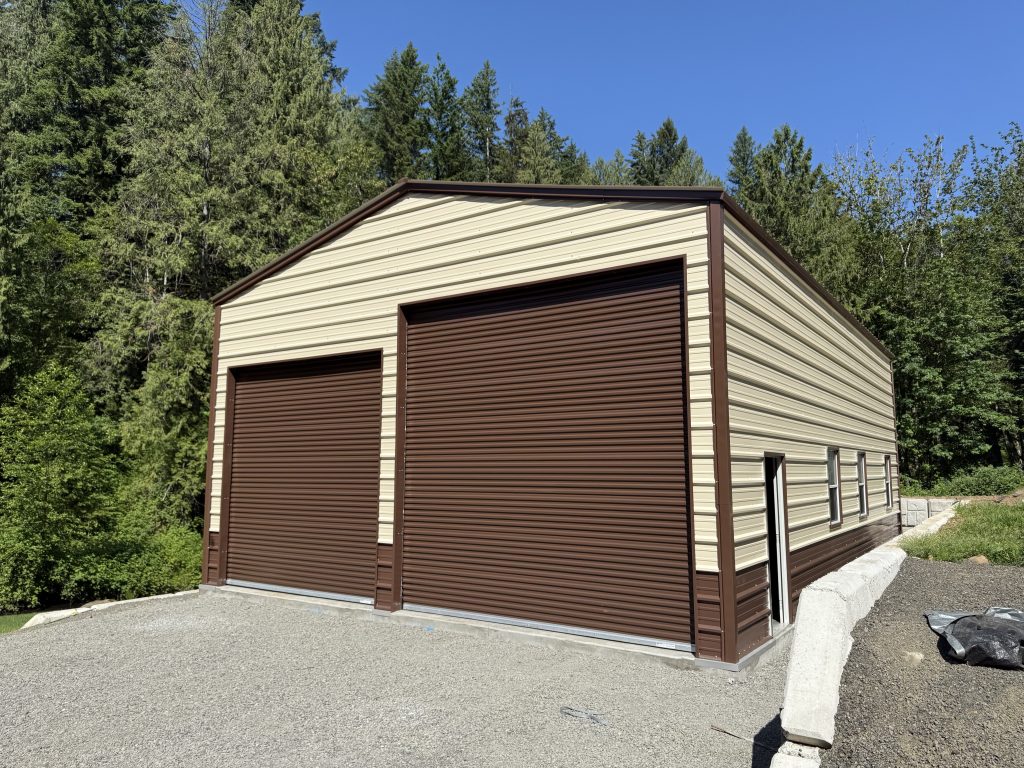
The Texas Permitting Process (Step-by-Step)
Here’s how to keep your project moving smoothly in the Lone Star State:
1. Talk to Your Local Building Department
Reach out early to confirm zoning details, setback rules, and specific requirements for your area.
2. Prepare Your Documents
You’ll need site plans, foundation specs, and engineered drawings. We provide everything you need at Pro Metal Buildings.
3. Submit and Pay Fees
Fees are typically reasonable and vary by location. Most small projects are in the $100–$1,000 range.
4. Get the Green Light
Residential permits can be approved in just a few business days. Larger builds might take a bit longer.
5. Build and Schedule Inspections
Most projects require one to three inspections, depending on the type of foundation and the extent of electrical work. These are quick and usually easy to schedule.
Need help along the way? That’s what we’re here for.
Why Permits Make the Building Process Better
Some builders wonder if they can skip the permit process. However, in most cases, permits are not only required, but they’re also worth it. They ensure your structure is safe, secure, and legally protected. They also simplify things down the road when it’s time to insure or sell.
Think of permitting as part of the plan, not a hurdle, but a checkpoint. It keeps your timeline realistic, your budget on track, and your structure ready for the long haul.
One of our clients near Waco shared that the permitting process helped him better plan his site layout and avoid future drainage issues, saving time and money in the long run.
Tips for a Smooth, Stress-Free Permit Experience
Start early and stay organized. Knowing what’s needed up front can speed everything along. Most building departments are happy to answer questions and provide checklists.
Be proactive about documents. Have your plans, site maps, and engineering specs ready. Working with a building supplier who is familiar with Texas codes, such as Pro Metal Buildings, can save you hours.
Stay flexible. Occasionally, a minor revision to your layout or foundation design can significantly simplify the permitting process. We’ll help you find the best solution.
And most of all, enjoy the journey. With the right prep, getting a permit is simply a sign that your project is one step closer to reality.
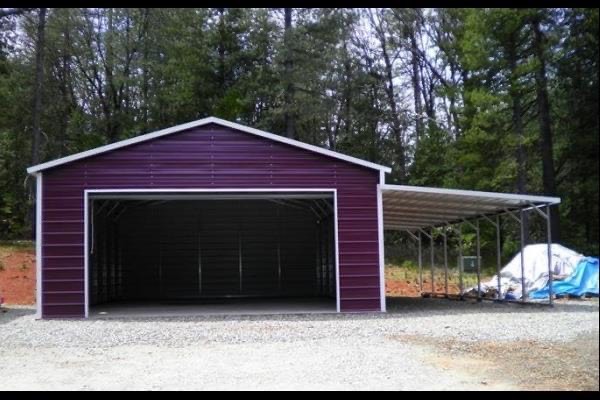
FAQ: Metal Building Permits in Texas
Do all counties in Texas require permits?
Not all, but confirming is easy and ensures you’re protected. Even in rural areas, a quick call can clarify everything.
Which Texas cities have detailed permitting processes?
Austin, Houston, Dallas, and San Antonio all have structured, user-friendly systems in place.
Can I pull my own permit in Texas?
Yes, especially for personal-use and agricultural buildings. Larger commercial projects may require a licensed contractor.
What paperwork do I need?
Stamped engineered drawings, site plans, and sometimes utility documentation. We’ll guide you through every piece.
How long does it take?
Residential permits can be approved in a few days. Larger or multi-use buildings may take a few weeks.
Final Thoughts: Your Texas Build Starts with the Right Foundation
Permits are more than just a formality; they’re your blueprint for building success. Whether you’re breaking ground on a family workshop or a full-scale commercial facility, getting your permit early makes everything else easier.
At Pro Metal Buildings, we’ve helped hundreds of Texas property owners navigate the process and start building with confidence. From design to delivery, we’re your go-to resource for getting it done right.
Let’s make your Texas build smooth, safe, and stress-free. Contact us today and let’s get started.
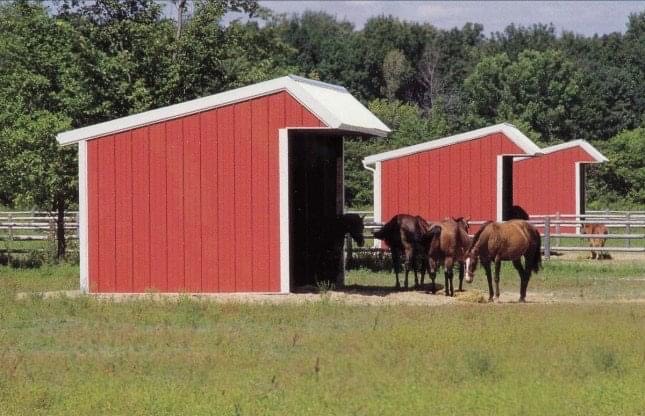
Explore More:

